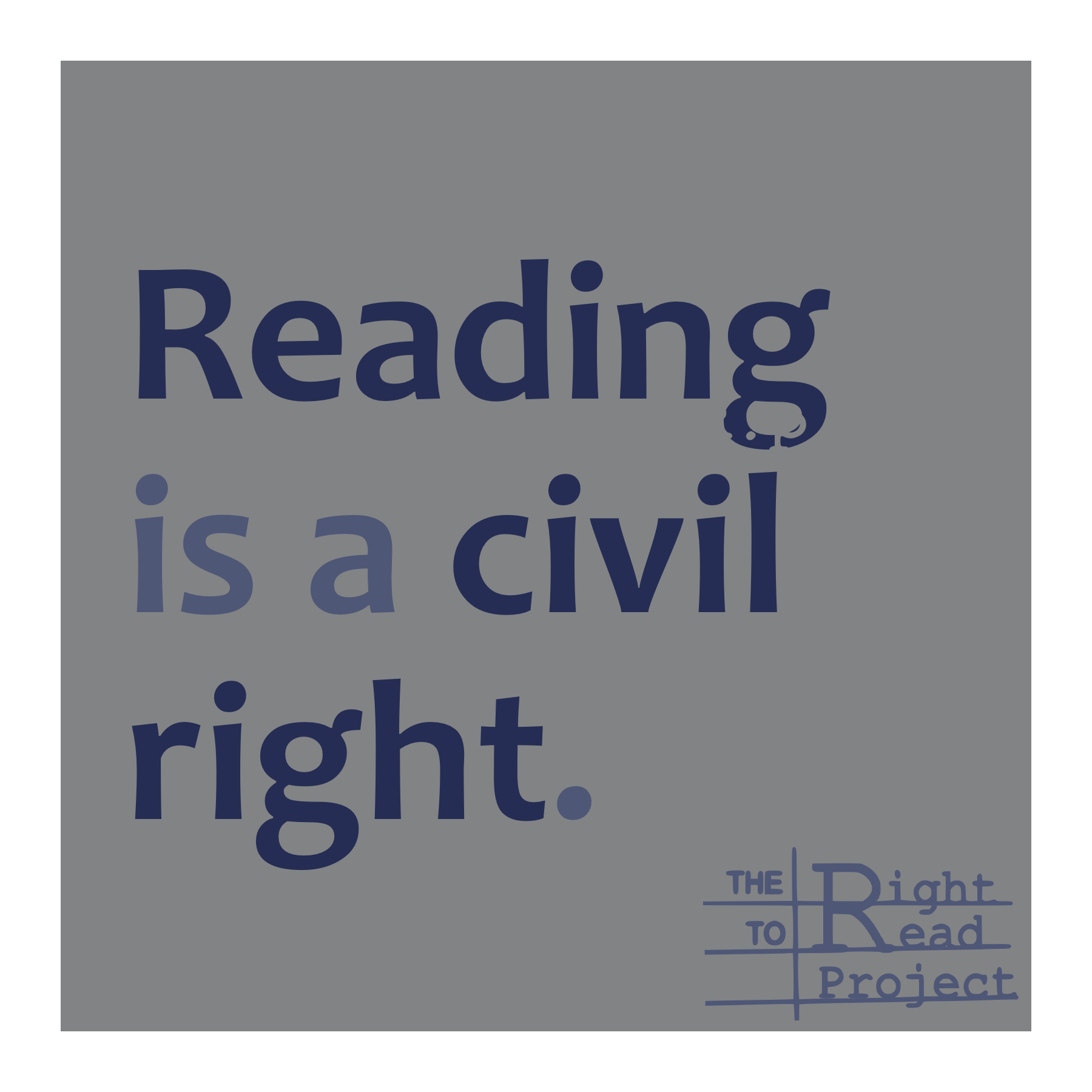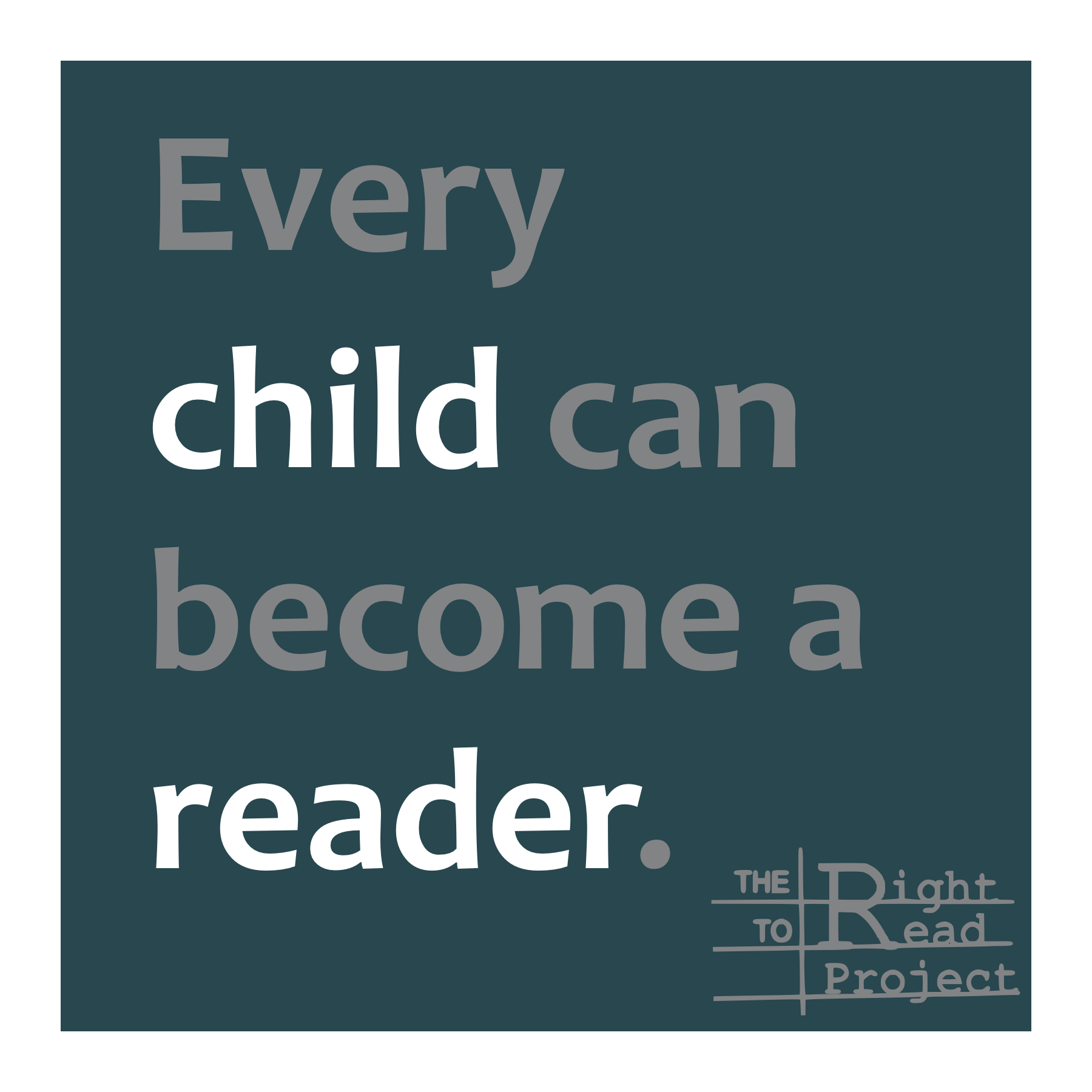The Wait and See Approach:
While some students crack the alphabetic code with minimal or even no instruction, others require systematic phonics reinforced by decodable texts to become skilled readers. The catch is that when students enter school, we don’t know for whom code-based instruction will be essential. We can wait and find out, and in fact, we do this so often that the approach has a name, “wait to fail.” But by the time we learn which students required systematic foundational skills instruction, they are years behind and it requires a great deal, sometimes even too much, of children, their teachers, and their families to close the gap.
The wait and see approach disproportionately affects students disadvantaged by other societal problems, such as poverty and racism. These already vulnerable students are too often on the wrong side of the achievement gap, paying the price for our fear of delivering instruction to those who might not need it. Because classroom phonics instruction often lacks the differentiation and progress-monitoring needed to support all learners, it typically benefits students who master skills easily and are likely to have been born into other advantages. Students less reliant on instruction are most likely to reap its rewards.
Educators seem to be in another game of “wait and see,” waiting for the Reading Wars to end. But it has been nearly two decades since reading researchers determined that systematic and explicit instruction in phonics is effective. Still, schools of education and publishers are stuck in the past, presenting reading as “cueing” and preparing teachers to use rudimentary strategies that will fail large numbers of children.
“The Reading Wars are over and science lost.”
Cognitive scientist Dr Mark Seidenberg
It is not science that has lost. Reading science continues, with researchers learning more every day about how our brains learn to read; it’s children, their families, and teachers who have lost. Scientists are now able to rewire the brains of people who are dyslexic, and yet we still have children without disabilities leaving elementary school struggling to decode. Why?
Materials for ineffective practices are more plentiful than those for code-focused approaches
Hundreds of thousands of glossy leveled books pour into schools every year while decodable texts are relatively rare and drab. But if schools can ban peanut butter to protect the 0.6% of students who are allergic, surely we can shut out materials that lead to reading failure in upwards of 40% of students. Stopping the flood of ineffective materials and creating the demand for better training and curricula will help to make foundational skills instruction more effective and engaging for students and teachers.
Why don’t we think of phonics instruction as preventative care?
As a society, we take so many precautionary measures to keep children safe- everything from seatbelts and helmets to vaccines- and reading struggles put students at risk for a myriad of life-long tribulations. When the wellbeing of children is on the line, we shouldn’t hesitate to learn something new, change our habits, and insist on something that is for their own good. We must integrate the findings of researchers, doctors, and psychologists, develop new products and ban inferior ones, and enact legislation to keep children safe; reading science is no exception.
We need to insist on a helps all, harms none, code-focused approach to teaching reading.









I literally used the same phrase “wait and see” in my dissertation, but regarding English language learners, especially adolescent immigrant youth. There are so few protocols in place to identify and then determine which students need to be provided with early intervention for language and literacy. I love that you saw the same connection with reading!!